A DEER DOG NAMED ARTY
Losing your hunting dog is never easy. However, when your “best friend” dies unexpectedly in the line of duty, it is an especially tough “pill to swallow.” Such was the case when my black Labrador named “Arty” died this past spring. Arty, which was short for “Artemis,” was only seven years old and still very much in her prime.
Arty was my third lab. My first lab, actually a Labrador-Irish setter cross, named “Dutches,” was a gift from my parents on my seventh birthday. She was the best companion a boy could ask for and lived 13 wonderful years. My second lab, named “Orion,” was one of two puppies that my roommate and I purchased from a litter while we were each attending Iowa State University. Orion made the move with me to Kingsville, Texas, way back in 1988. She was an excellent retriever and retrieved anything I cared to shoot, ranging from giant Canada geese in Iowa to jack rabbits in southern Texas. I will especially never forget all of the memorable duck hunts we shared on Baffin Bay along the Texas coastline. Orion also lived a very full life, not dying until she was 12 years old. I painfully buried her on King Ranch during my first year of employment with the ranch.
Arty’s Arrival
Arty was a seven-week-old puppy when my wife Genny and I met a breeder half way between Corpus Christi and Galveston to purchase her back in 2000. Arty came from field trial bloodlines and as a result was easily the highest-strung lab I have ever had the pleasure of owning. She quickly became a part of our family despite her tendency to chew on anything from ground level up to a height of about two feet. More than once I had to intervene on Arty’s behalf when my wife had had enough.
Although I trained Arty to retrieve, my main incentive behind buying my third lab was to train her to find wounded and dead deer. One of my duties as the Chief Wildlife Biologist for the King Ranch was to help guide our commercial deer hunters. And although most of the hunters I have guided were very proficient with a firearm, a few could have used a little more practice at the range before our hunt. As a result, several hunts ended in wounded deer that were never recovered. My hope was that Arty could lead us to some of these deer with her nose.
Although I took Arty with me nearly everywhere that I went, that first summer she spent most of her time up in the cab of the truck with me as we traveled across King Ranch from day to day. Each time that we drove past a deer, I would yell “deer” in an excited voice and point to the deer. Arty quickly learned what this word meant, with her excitement level raising with each additional encounter. Eventually, she began barking at the sight of a deer, which I encouraged in the hope that she would also bark whenever she bayed a wounded or dead deer. Evidently this trick worked because she later barked at the sight of every deer she recovered for my hunters and me.
Although Arty helped to find literally 100’s of deer and nilgai, her tracking ability resulted in the recovery of dozens of wounded deer and nilgai that never would have been found otherwise. However, the best attribute of a good tracking dog is the efficiency with which they find game. Thanks to Arty’s quick tracking efforts with fatally shot animals, we were able to get to these animals in a much shorter amount of time allowing us to get back to hunting much sooner.
Arty’s First Recovery
One of Arty’s first field tests came courtesy of QDMA Director Brian Murphy. Brian and several other folks from the QDMA were at King Ranch for our first ever King Ranch-QDMA Deer Management Short Course. As an incentive for the speakers, we invited each on guided cull buck hunts on King Ranch. Brian stalked and arrowed a cull buck early in the hunt. Brian’s shot was excellent and because the buck ran out into a plowed agriculture field and died, it could not have been an easier deer for Arty to find. None-the-less I still led Arty by leash to Brian’s buck with the hope that eventually Arty would start leading me to deer.
The following year during a similar QDMA short course and cull buck hunt, Dr. Karl Miller arrowed a buck. Karl also made an excellent shot and although it was obvious that the buck likely would not travel far, I again took the time to put Arty on the trail so that she could gain valuable tracking experience. A little to my surprise, Arty stayed true to the buck’s blood trail and led us right to the downed buck, tugging on the leash all the way! Over the ensuing years I’m proud to say that Arty helped to find dead deer for many different folks involved with the QDMA, including Dr. Larry Marchinton, his wife Betty, and even QDMA founder Joe Hamilton.
Arty Comes Into Her Own
Later that winter while harvesting does to reduce the density, I found myself in the same pasture where Karl had arrowed his buck. I turned onto a long pipeline and spotted four or five antlerless deer standing within the mowed pipeline spaced from about 50 yards to a distance of about 200 yards. I angled the truck, shut off the engine and quickly sighted in on the closest adult doe. Upon the squeeze of the trigger she folded up in the pipeline. The second closest deer trotted into the brush, but the third deer, also an adult doe, mistakenly stood her ground. I quickly chambered another round and dropped her in her tracks. Surprisingly, the furthest deer was still standing in the pipeline. I carefully judged this third deer to be an adult doe. At the shot she turned and trotted into the brush.
I then let Arty out of the truck and she barreled down to the first doe, barking loudly upon her arrival. I drove the truck down to this doe, field-dressed and tagged it and loaded it into the truck. I then sent Arty to the second deer for a repeat of what happened with the first deer. Finally, we ended up where the third deer had been standing, which was where I again let Arty out of the truck. Arty quickly took off into the brush and disappeared while I began searching for blood.
Upon finding blood I followed the trail to a dead doe only about 25 yards off the pipeline where I learned my shot had been a little too far back passing through the midsection. As I field-dressed this third doe I heard Arty barking way off in the distance. I cussed under my breath thinking she must have bayed a feral hog or a raccoon instead of blood trailing the doe at my feet. I grabbed my rifle and headed in her direction. A couple of hundred yards later I found Arty over the top of a fawn!
I called Arty to me at which time the fawn rose up and stumbled off with an obvious broken leg. What? Why did the fawn have a broken leg I wondered as I sent Arty back toward the fawn? Arty quickly bayed up the fawn a second time and, after dispatching the fawn, I learned the fawn had somehow been shot! After backtracking the fawn’s blood trail, I concluded that the fawn must have been standing right behind the third doe when I shot, with the bullet passing through the doe into the fawn. I never would have known I had also shot a fawn that day if not for Arty!
Encounters With Feral Hogs
Arty became excited every time we crossed paths with a deer. However, deer could not “hold a stick” to her excitement level whenever we encountered a feral hog. I never discouraged Arty from chasing feral hogs because not only was her excitement contagious, it was also obvious nothing made her happier than chasing a pig!
Our most memorable feral hog encounter occurred while I was hunting for shed antlers on King Ranch. I spent countless hours with Arty at my side searching for that elusive “next” shed antler. One day we were hunting shed antlers in the neighborhood of one of the largest-antlered bucks known to be present on the ranch when Arty crossed paths with a feral hog. Needless to say, the chase was on with Arty in hot pursuit. Within a short time Arty had the pig bayed, but as I rushed in I realized I did not even have a pocket knife with me. What I did have however, was a shed antler I had picked up before the encounter. Without giving the situation much thought, I ducked my way through the brush toward the pig with only a shed antler in hand. With Arty at one end of the pig and me at the other, we were able to get the pig on its side. I then stepped on its head and plunged the tip of the beam of the shed antler into its side. Several punctures later the pig was dead!
Encounters With Nilgai
Nilgai, first introduced to King Ranch during the late 1920’s, are a large exotic antelope native to India. On the King Ranch we commercially hunt nilgai during mid January through May each year. A good tracking dog is especially helpful when hunting nilgai because even when fatally shot, they can be difficult to trail because often there is not exit wound. Obviously, no exit wound also means little or no blood. Worse, nilgai have incredible stamina and even when shot through both lungs, they can travel hundreds of yards. The combination of no blood and a lot of stamina often results in a lost nilgai. As a result, Arty had several encounters with nilgai over the years.
One of the most memorable encounters occurred while guiding a cull buck hunt for a television show. We had just left one pasture, crossing through a gate into another pasture when we startled a nilgai calf, which crashed into the cross fence and then headed down the fence line away from us.
Nilgai meat is some of the best wild game table fare I have ever eaten and calves are the “cream of the crop.” As a result, I quickly stopped the truck and rushed back to the tailgate to let Arty out of her pet porter so she could hopefully chase down the veal, I mean nilgai. The camerman also could not resist as he exited the truck to film this unusual encounter. Fortunately, the nilgai calf continually stopped to try to squeeze through the net wire fence, slowing it down enough for Arty to close the distance. Evidently however, Arty was running too hard because when she did get to the nilgai, she ran right on past, turning the nilgai back in our direction.
Seconds later, Arty was also turned around and headed back in our direction. We watched in amazement as the calf came dashing on past us with a black blur not far behind. The slow learning calf then tried one too many times to squeeze through the fence, once again allowing Arty to catch up. This time Arty put on the brakes ahead of time and quickly had her jaws around the calf’s neck. I then ran in and dispatched the calf.
Arty’s last encounter with a nilgai was also memorable. This past March I had the privilege of guiding a nilgai hunt that was filmed for Beretta’s “World of Beretta” television show. As always, I had Arty within the pet porter bouncing in the bed of the truck as we traveled across the pastures in pursuit of the exotic from India.
Early that morning as we rounded a curve at the corner of a pasture I spotted a large nilgai bull in the distance. I stopped, backed up the truck until we were hidden from view and then shut off the truck. When we rounded that same corner on foot, the bull had disappeared, but we decided to stalk down the fence line anyway because I knew of a trail crossing up ahead. Upon reaching the crossing we decided to wait to see if any nilgai would appear. A short time later the cameraman spotted a bull as it stepped into an opening. Within seconds the hunter squeezed off a shot as the nilgai turned to return in the direction from which it came. We decided to give the nilgai plenty of time to die, so I made the long walk back to retrieve the truck and Arty.
When I drove back to the waiting hunter and cameramen, we loaded up in the truck and drove to where the bull had been standing at the shot. I then let Arty out to do her job as we all fanned out in search of blood. Within minutes Arty’s barking broke the silence. I shouted to the hunter that Arty had found his bull as we all hurried in the direction of the barking. Sure enough, Arty was standing over the dead bull when we cleared the brush line. Needless to say, I was extremely proud of Arty and the quick job she had made of finding the bull, all of which had been caught on film to be enjoyed over and over again into the future.
The buck in this photo was liver shot and as a result, left little or no blood to trail. After searching for more than an hour, the author was very relieved when Arty found the dead buck about 300 yards from where the arrow had passed through the buck.
Arty’s Shining Moment
I have never been prouder of Arty than I was one January day in 2006. That day I was guiding two cull buck hunters from Louisiana and their friend who was along to observe and offer encouragement. One of the cull buck hunters was very inexperienced and had never before killed a deer. Worse yet, he was hunting with a borrowed gun. As a result of his inexperience however, he was designated as the first hunter to shoot when the first opportunity presented itself.
Early that morning we came across an old buck well past his prime, a perfect target for the novice hunter. The hunter and I exited the truck and carefully stalked to within range of the buck. I then located a tree branch for the hunter to use as a rest and plugged my ears as the hunter sighted down on the buck only 30 or 40 yards away.
Seconds later the hunter still had not shot so I looked his way. He was having a tough time getting the buck in sight because the borrowed gun did not fit him properly. Finally, the hunter shot, but the buck simply raised his head and then slowly trotted away from us. Obviously, it was a miss so we continued the stalk, eventually working our way back within range. This time no tree branches were close by so the hunter was forced to shoot off-hand. Surprisingly, this shot connected and the buck dropped with what proved to be a lucky shot to the neck.
By midday, the second hunter had successfully harvested two cull bucks and it was now the novice hunters turn to shoot his second buck. A short time later we came across another “gentle,” old buck standing by a windmill only about 50 yards away. I stopped the truck and instructed the hunter to get into position to shoot. At about this same time two larger bucks stepped into the opening about 35 yards to the left of the cull buck. After glassing these two bucks I instructed the hunter that they were too big to be considered cull bucks and were therefore off limits. We all then turned our attention back to the cull buck as the hunter readied to shoot. At the sound of the shot, the cull buck raised his head, looked our way, and then went back to feeding! In unison, we all loudly whispered… “You missed, shoot again!” Thankfully, the second shot was true and the cull buck fell to the ground.
At the kill site I let Arty out of the truck as we field dressed the buck. While taking pictures of the happy hunter and his buck, I heard Arty’s distinctive bark a short distance away. Thinking she must have bayed a raccoon or opossum, I walked in her direction. To my shock, Arty was standing over a dead buck! After a quick glance at the rack I realized what had happened. The novice hunter had mistakenly sighted in on one of the two larger bucks with his first shot. Because the rest of us were focused on the cull buck, we did not even see this first buck drop. If it had not been for Arty, none of us, including the novice hunter, would have known this other buck was dead and laying only 40 yards away. And the ranch would not have received the additional $3,250 for the cost of the “management” buck!
Another fond memory of Arty was the day she helped to track a buck killed by my major professor and mentor, Dr. Larry Marchinton. QDMA founder Joe Hamilton snapped this photo of Arty and I shortly after helping to recover Larry’s buck.
Arty’s Last Encounter
This past April Arty and I were again afield, this time helping three wildlife researchers from the Caesar Kleberg Wildlife Research Institute with a project partially funded by the QDMA. The project involves using GPS collars to track the movements of bucks we had captured the previous October. We were now in the field to retrieve these same collars, which had to be remotely programmed to fall off the buck’s neck. After remotely triggering the first collar to fall off, we left the truck to hone in on the dropped collar. While tracking, Arty caught wind of some feral hogs and the chase was on. In the distance I could hear her excited barking as she had obviously bayed one of the pigs. I was focused on retrieving the collar however, so I did not immediately head her way thinking she would eventually give up the chase and return to us. In hindsight, I may forever regret not immediately going in her direction.
Five or 10 minutes later, Arty was still barking in the distance as we walked up to the GPS collar. It was when we turned to head in the direction of the truck that I first noticed Arty’s barking had slowed. Concern for Arty rushed over me as I left the researchers and headed in her direction. As I closed the distance, Arty’s barking faded and became less and less frequent. I quickened my pace as the concern turned to fear.
When I found Arty she was laying on her side in the mud. She was motionless except for the movement of her mouth as she continued to try to bark. I rushed to her side and watched her eyes move to look at me. I quickly checked her body for any signs of an injury, but no injury was visible. I suspected she had overheated while chasing the hogs, so I picked up her limp body and carried her 20 yards to a creek. I laid Arty in the shallow water in an effort to cool her body temperature. I cupped my hands to pick up water and spread it over her coat.
Ten minutes later Arty’s condition had not changed so I again picked her up. By this time I was frightened for Arty’s life as I walked as fast as I could through the tangle of brush on my way back to the truck. Sadly, by the time I reached the truck, Arty was breathing her last breaths. And when I laid her on the back seat she died.
It was all I could do to hold back the tears in front of the other researchers. However, after dropping them off a short time later, the tears flowed like a river as all of our best memories together began flooding my mind. I turned the ranch truck to head for home to share the devastating news with my wife. For us, Arty was family. My wife and I cannot have children, so Arty was our “adopted daughter.”
I buried Arty that afternoon about a mile downstream from where she had died. I left the shovel standing at the head of her grave, with her collar and tag wired to the handle to pay tribute to the best dog I have ever had the great fortune to share a life with. Our only comfort was that Arty died doing exactly what she loved doing most, chasing feral hogs in deer country.
Posted by Dr. Mickey W. Hellickson
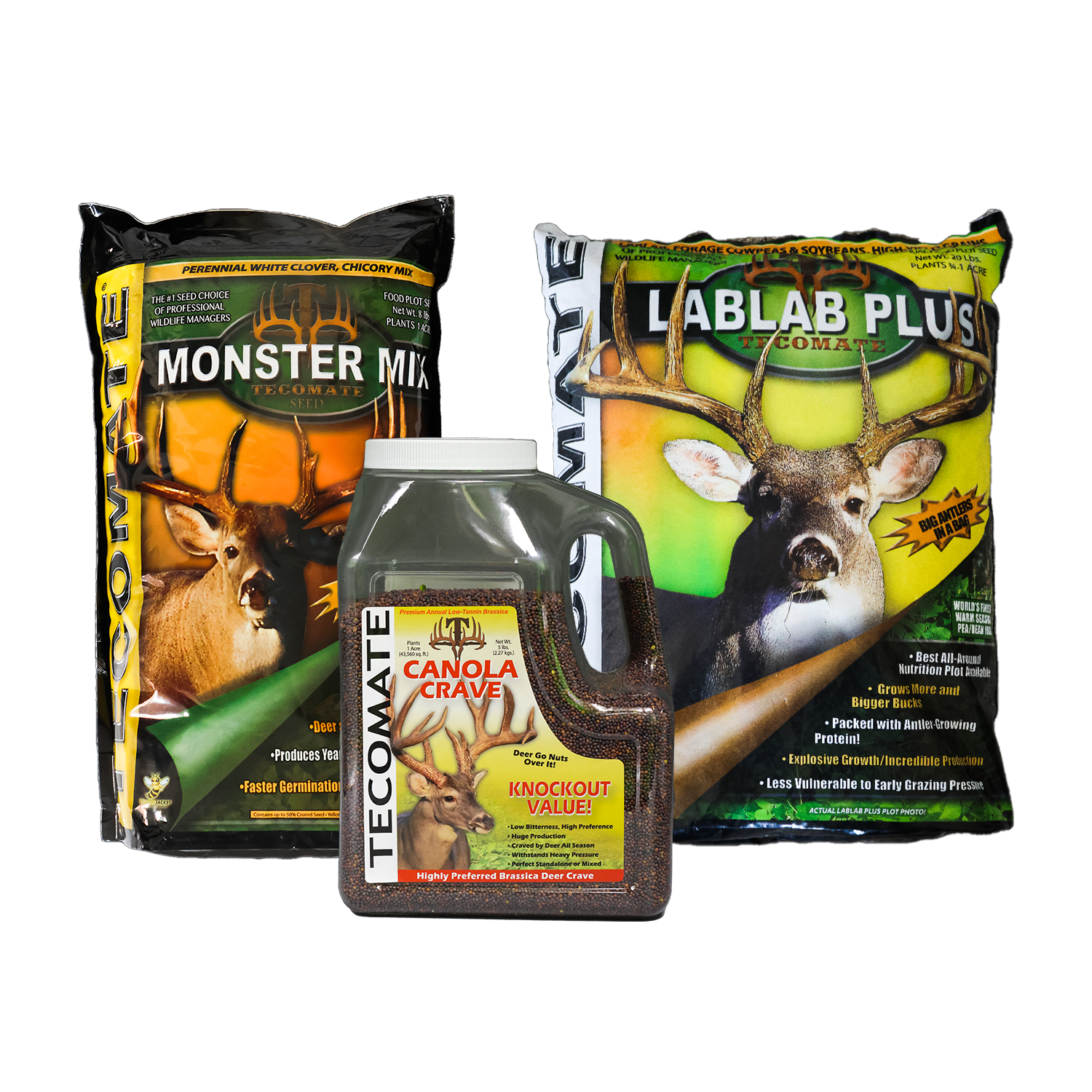
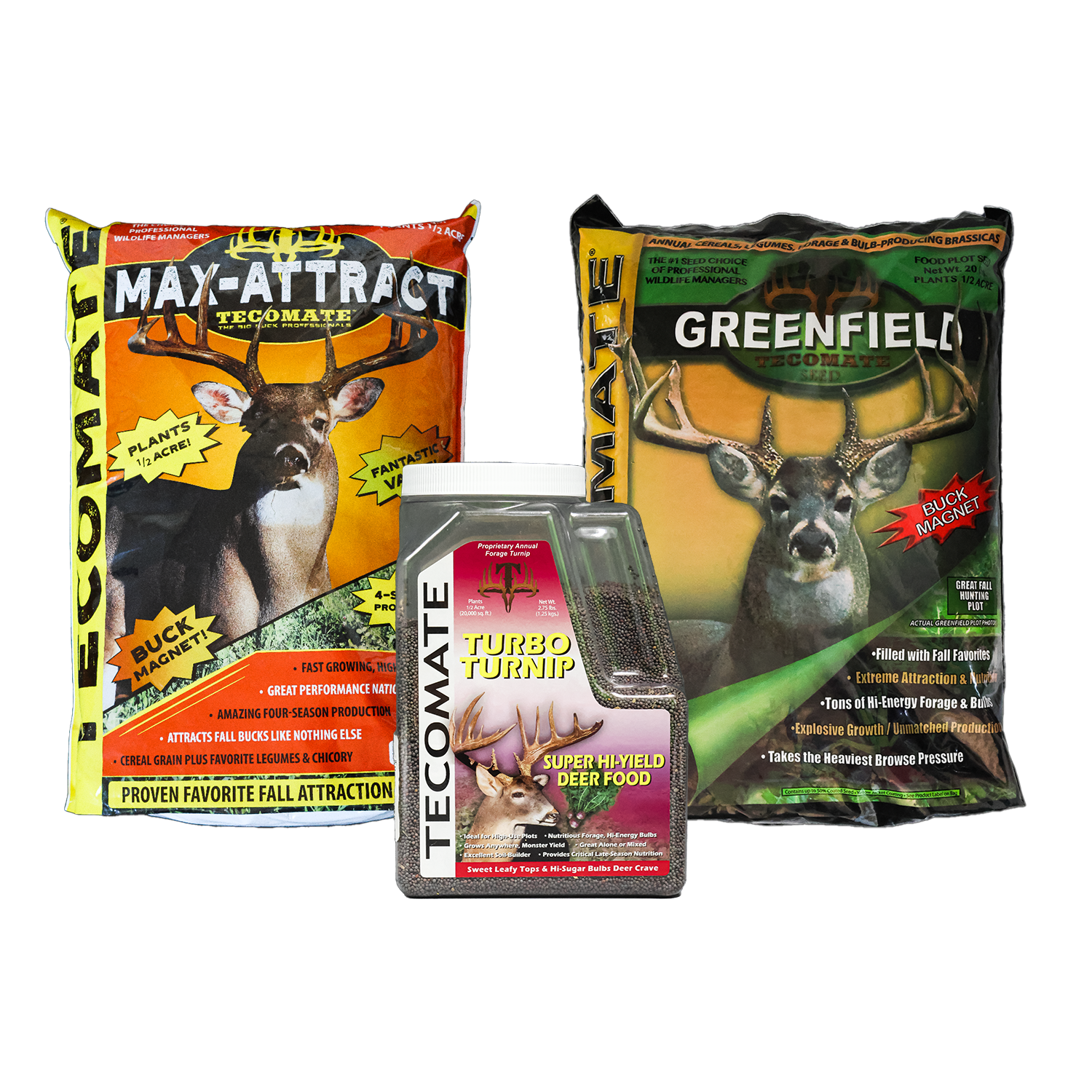
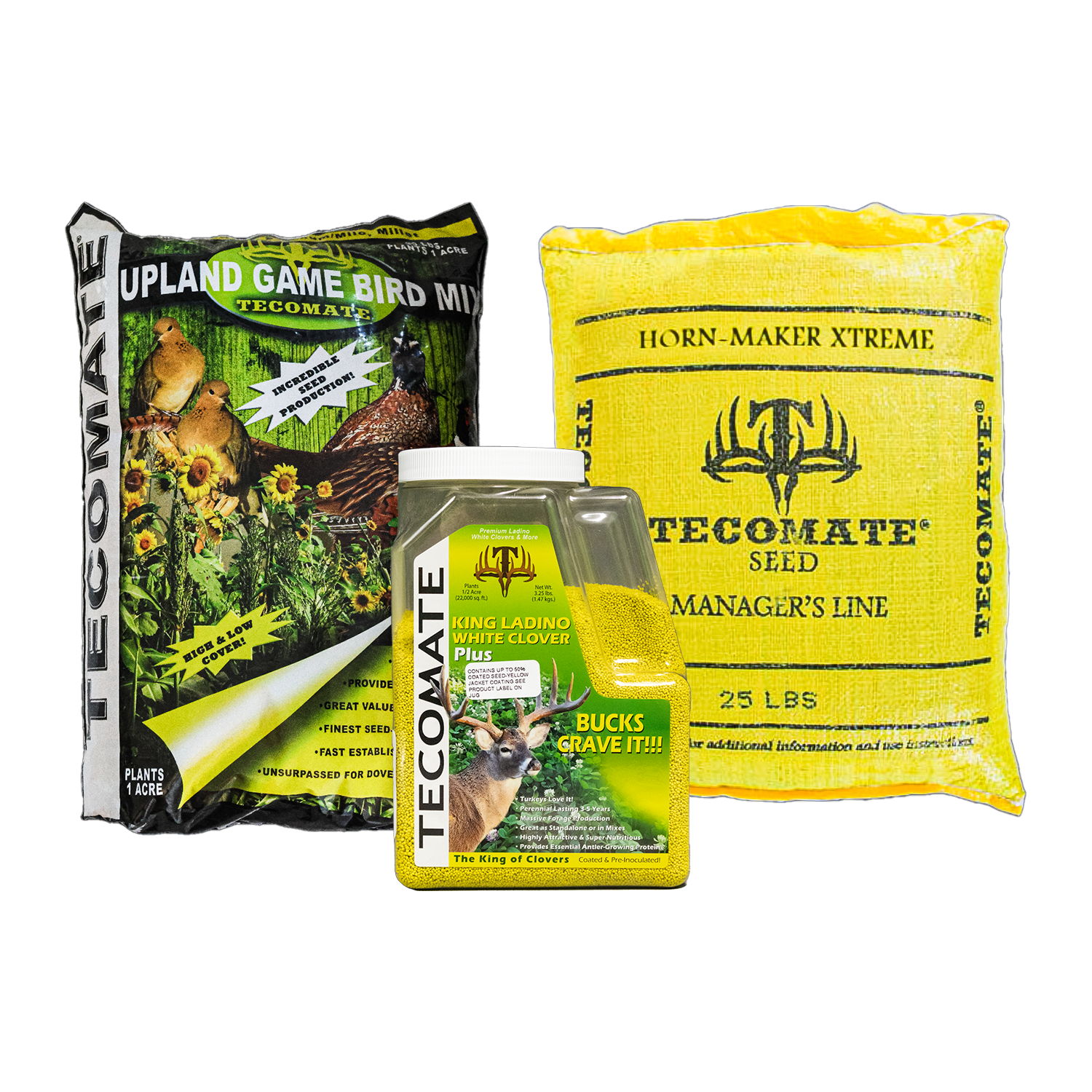
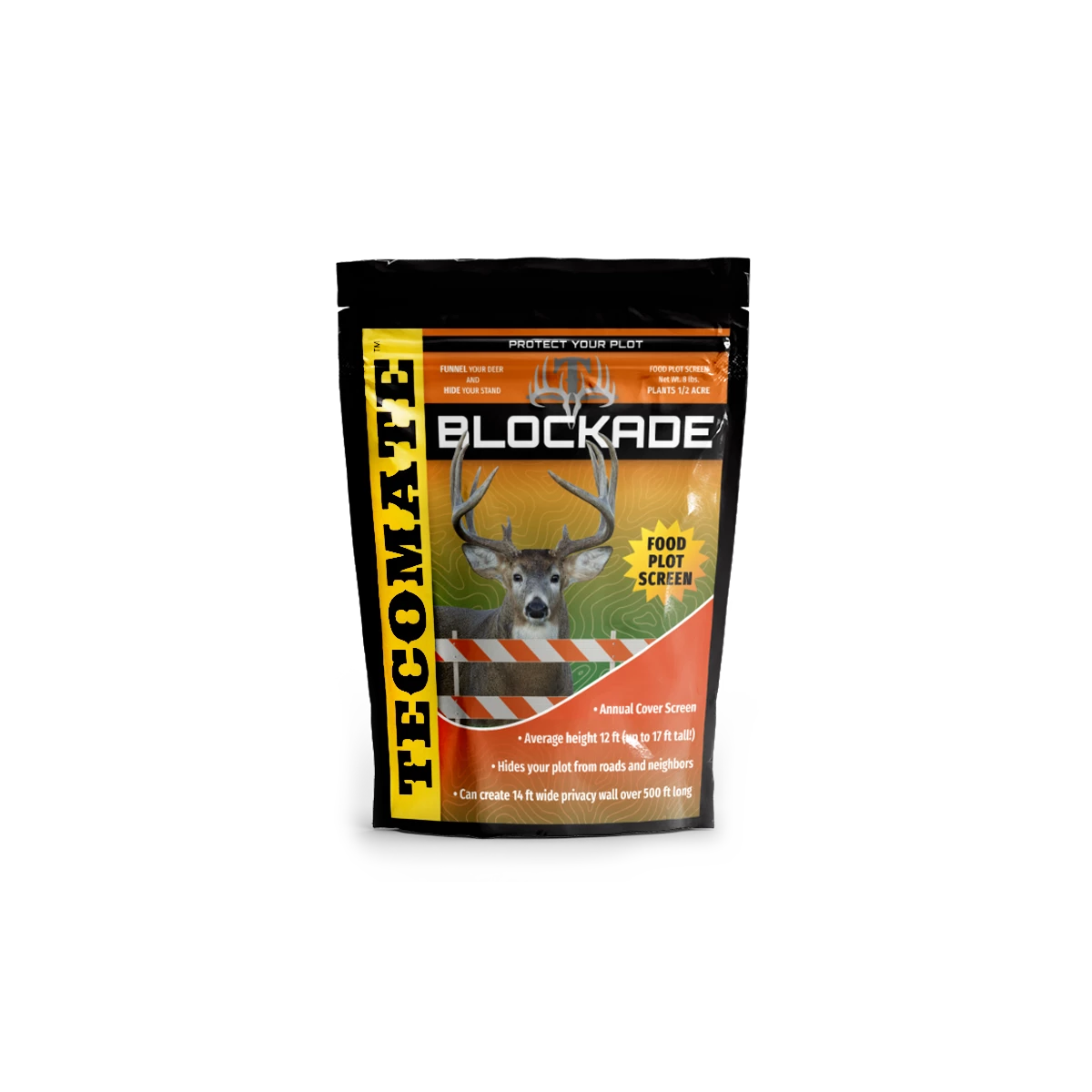
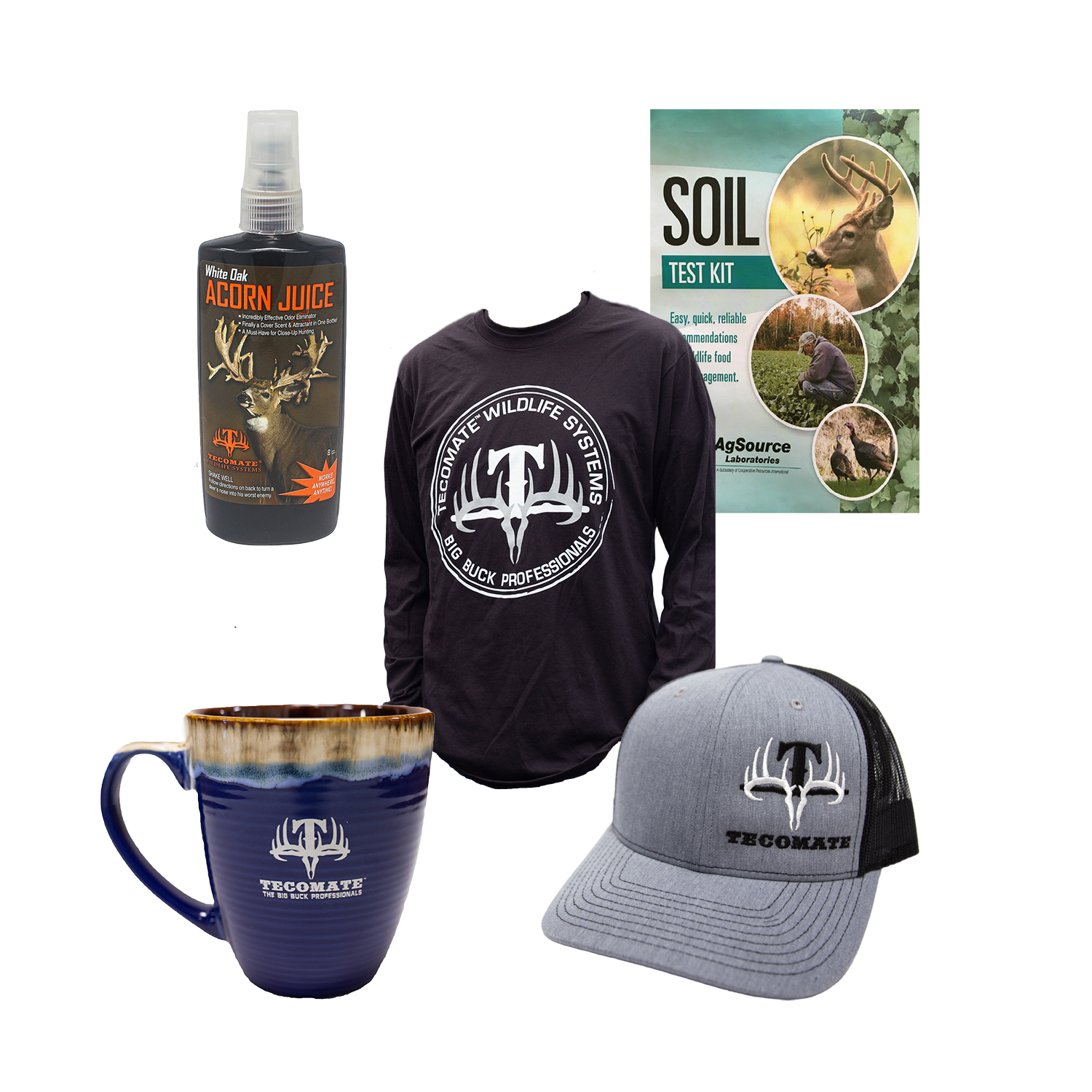



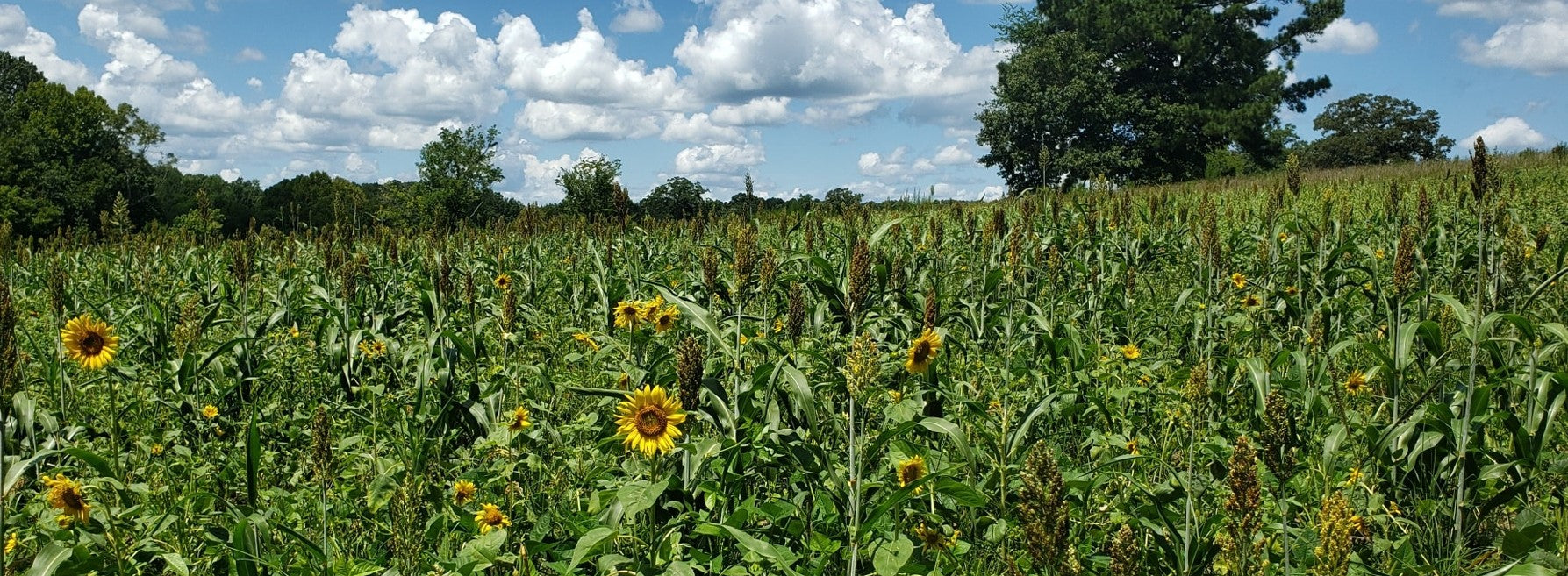
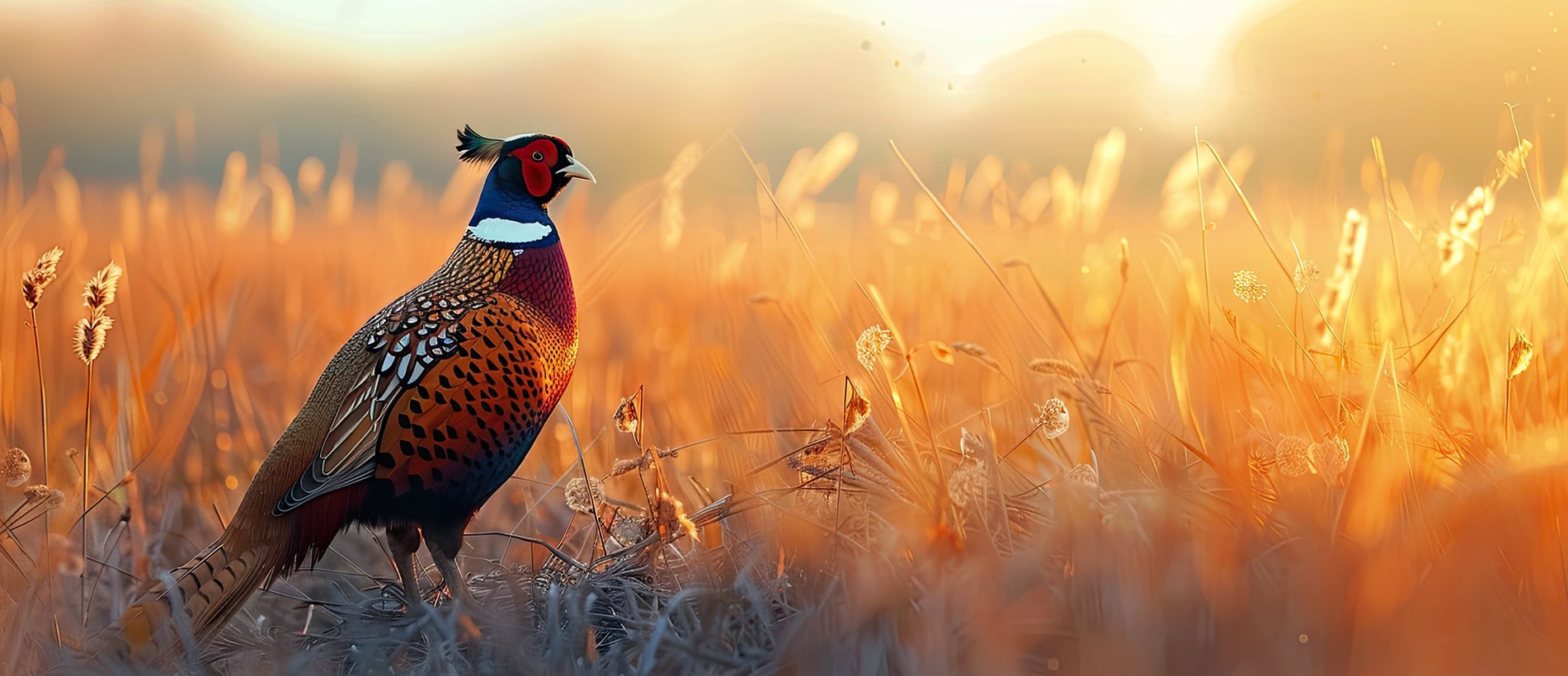

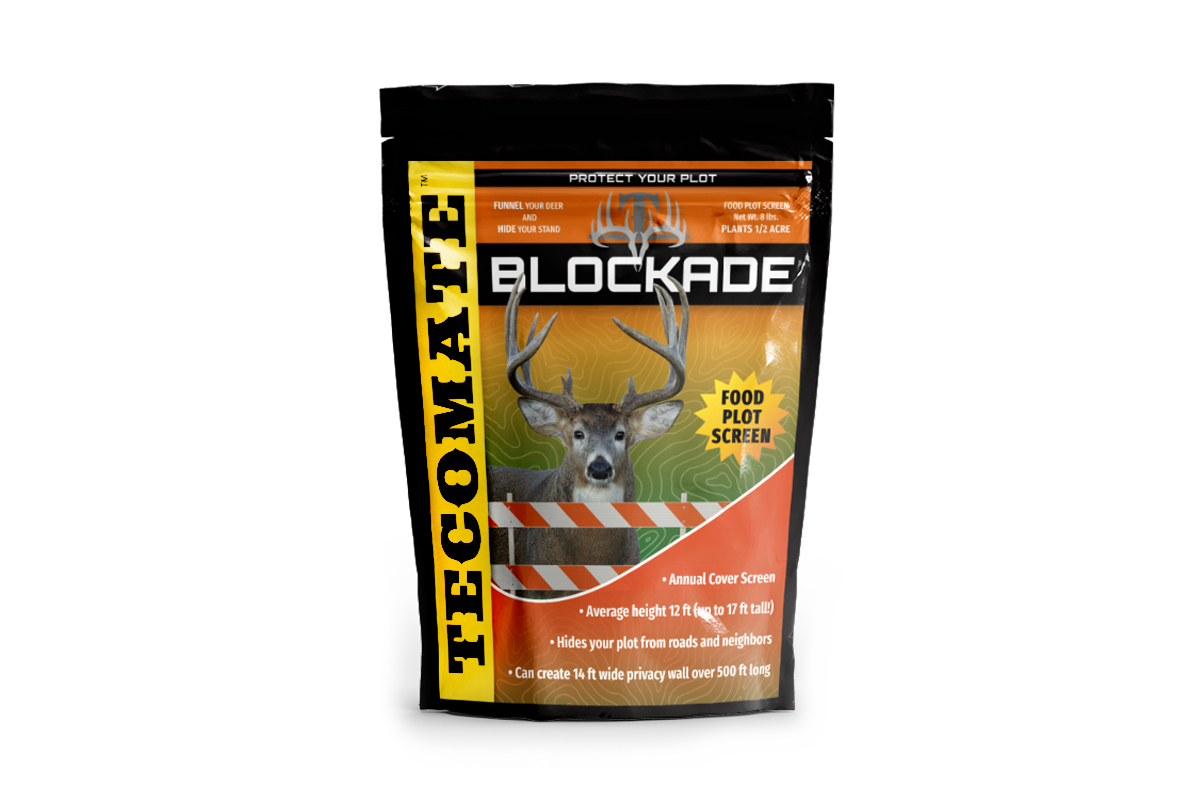
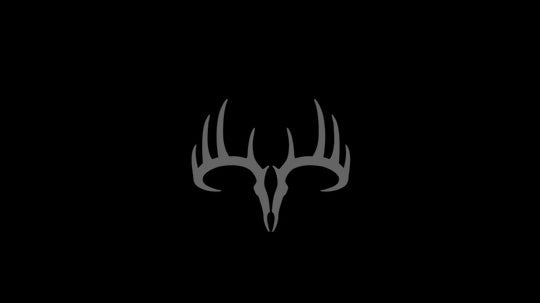
Leave a comment